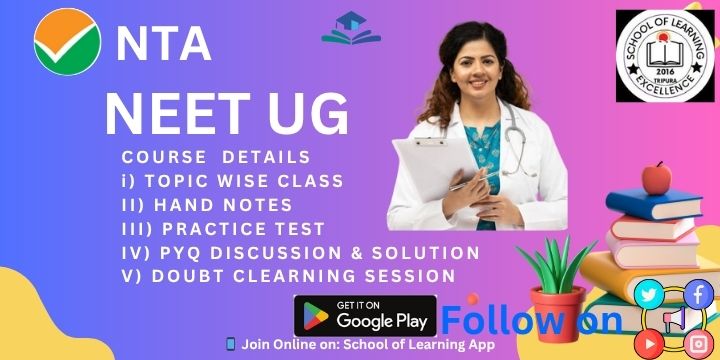SYLLABUS: BIOLOGICAL SCIENCE (MCQs – 150 Marks)
GROUP – A (Marks 50)
1. **Photosynthesis**
* Definition, explanation, and overall importance.
* Components of photosynthesis: their sources and roles.
* Light phase and Dark phase.
* Significance of photosynthesis.
2. **Respiration**
* Definition and explanation.
* Phases of aerobic respiration: Glycolysis, Krebs Cycle, Terminal Oxidation.
* Anaerobic respiration and fermentation.
* Significance of respiration.
3. **Plant Nutrition**
* Autotrophic and heterotrophic nutrition.
* Types of heterotrophic nutrition with examples.
4. **Transport in Plants**
* Definition and medium of transport; Osmosis and Diffusion.
* Ascent of sap through xylem.
* Translocation of food through phloem.
* Transpiration: definition, factors affecting it, and its importance.
5. **Excretion in Plants**
* Modes of removal of excretory products.
* Types of excretory products and their economic significance.
6. **Plant Hormones (Phytohormones)**
* General idea, definition, and characteristics.
* Sites of formation and functions of Auxins, Gibberellins, and Cytokinins.
* Artificial phytohormones.
7. **Cell Biology**
* Structure of prokaryotic cell.
* Structure of eukaryotic plant cell; structure and function of organelles.
8. **Plant Tissues**
* Structure and function of meristematic and permanent tissues.
9. **Reproduction in Plants**
* Vegetative reproduction: natural and artificial methods.
* Asexual and sexual reproduction in plants.
10. **Heredity**
* Definition and explanation.
* Mendel’s monohybrid and dihybrid crosses.
* Laws of heredity (Mendel’s Laws).
11. **Microbiology**
* Characteristics of viruses.
* Structure and importance of bacteriophages.
* Beneficial and harmful bacteria: their roles.
* Beneficial and harmful fungi: their roles.
---
## **GROUP – B (Marks 50)**
1. **Respiration in Animals**
* Organs of respiration.
* Breathing mechanism in cockroach, earthworm, and fish.
2. **Animal Nutrition**
* Phases of nutrition in animals.
* Types and nature of animal nutrition.
3. **Circulatory System**
* Concept of open and closed circulatory systems.
* Open blood vascular system in cockroach.
4. **Locomotion**
* Locomotory organs in different animals.
* Mechanism of locomotion in Amoeba, Earthworm, Cockroach, and Fish.
5. **Cell Cycle and Cell Division**
* Definition and phases of the cell cycle.
* Types and phases of cell division.
* Mitosis in animals.
* Significance of mitosis and meiosis.
6. **Reproduction in Animals**
* Asexual reproduction.
* Parthenogenesis, neoteny, and paedogenesis.
* Oviparous, viviparous, and ovoviviparous animals.
* External and internal fertilization.
7. **Organic Evolution**
* Morphological and paleontological evidences.
* Lamarckism.
* Darwinism.
8. **Adaptation**
* Definition and explanation.
* Aquatic adaptation in Rohu fish.
* Volant adaptation in pigeon.
9. **Ecosystem and Environment**
* Biogeochemical cycles: Carbon and Nitrogen cycles.
* Components of ecosystem.
* Food chain, food web, and energy flow in ecosystem.
10. **Wildlife Conservation**
* Causes of wildlife depletion.
* Need and methods of conservation.
* Wildlife sanctuaries and national parks.
---
## **GROUP – C (Marks 50)**
1. **Respiration in Humans**
* Structure of respiratory organs.
* Mechanism of breathing.
2. **Human Nutrition**
* Types of food, their sources, and nutritional importance.
* Macro and micro elements: deficiency symptoms.
* Water-soluble and fat-soluble vitamins: sources, functions, and deficiency diseases.
* Human digestive system.
* Balanced diet.
3. **Circulatory System in Humans**
* Components of blood and their functions.
* Blood groups and coagulation of blood.
* Structure of the human heart and circulation of blood.
4. **Excretion in Humans**
* Structure and function of the main excretory organs.
* Structure of nephron and urine formation.
5. **Nervous System and Sense Organs**
* Components and functions of brain and spinal cord.
* Reflex action with examples.
* Structure and function of eye and ear.
6. **Endocrine System**
* Endocrine glands: location and names.
* Hormones of different endocrine glands and their functions.
* Disorders: Gigantism, Dwarfism, Acromegaly, Cretinism, Myxedema, Diabetes mellitus, Diabetes insipidus.
7. **Reproductive System in Humans**
* Structure of male and female reproductive systems.
* Menstrual cycle.
* Fertilization.
* Sexually transmitted diseases (STDs).
8. **Human Diseases and Immunity**
* Communicable and non-communicable diseases.
* Causative organisms, symptoms, prevention, and control of Malaria, Influenza, Rabies, Tuberculosis, AIDS.
* Vaccination and immunisation.
WE ENHANCE YOUR TALENT
Our Syllabus

Subject : BIOLOGY STGT
their sources and nutritional importance. (b) Micro and macro elements in animals and deficiency symptoms. (c) Source
Nitrogen. (b) Components of ecosystem. (c) Food chain and food web. (d) Energy flow in ecosystem. (a) Conservation of wildlife – causes of wildlife depletion
Laws of Mendel. (a) Characteristics of virus. (b) Structure of Bacteriophage and its importance. (c) Beneficial and harmful bacteria and their role. (d) Beneficial and harmful fungi and their role. GROUP-B: MARKS 50 (a) Breathing organs in animals. (b)
Earthworm and Fish. (a) Phases of nutrition in animals. (b) Types of Animal nutrition and nature. (a) Idea of open and closed circulatory system. (b) Open blood vascular system in cockroach. (a) Locomotor organs of different animals. (b) Locomotion in
gibberellin and cytokinin. (c) Artificial phytohormones. (a) Structure of prokaryotic cell. (b) Structure of eukaryotic plant cell and structure and function of different plant cell organelles. Plant tissues – structure and function of meristematic tiss
Importance of transpiration. (a) Means of removal of excretory products in plants. (b) Types of excretory products in plants and their economic importance. (a) General idea
Terminal respiration. (c) Anaerobic respiration and Fermentation. (d) Significance of respiration. (a) Plant nutrition – Autotrophic and heterotrophic nutrition. (b) Different types of heterotrophic nutrition with examples. (a) Transport in plants – Def
Explanation and overall vacations of Photosynthesis. (b) Components of Photosynthesis and their sources and role in photosynthesis. (c) Light phase and Dark phase of photosynthesis. (d) Significance of photosynthesis. (a) Definition and explanation of Re
GROUP-A: MARKS 50 (a) Definition

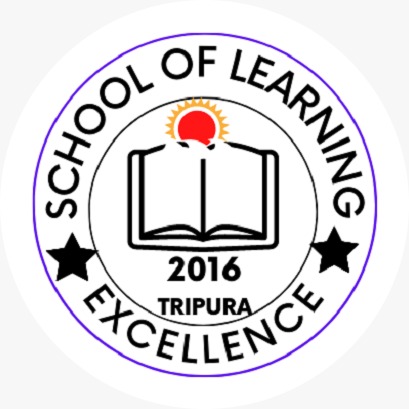
 Online Store
Online Store.png)





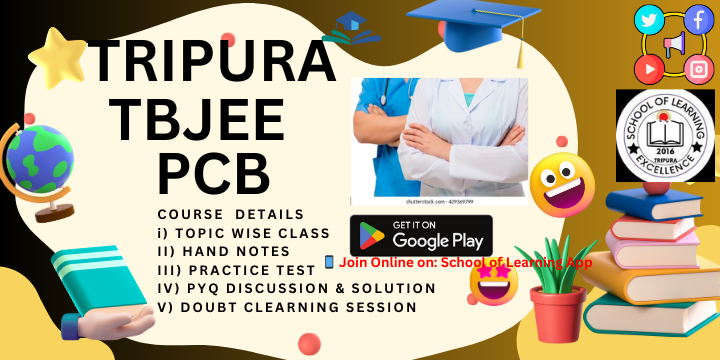



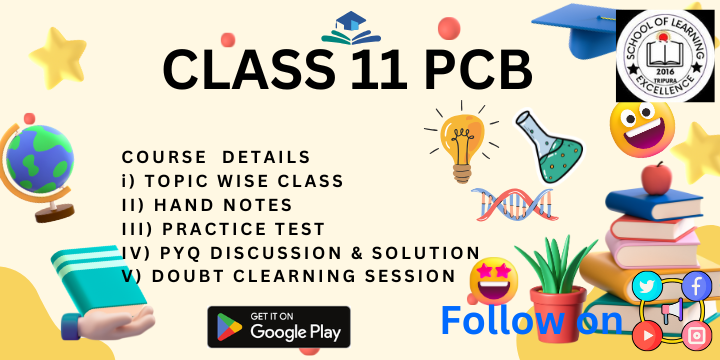
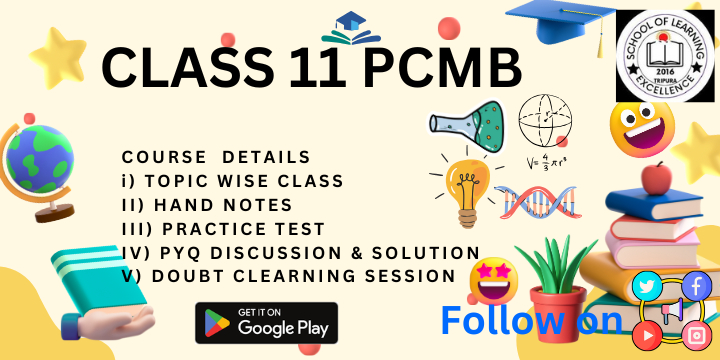


.jpg)

.jpg)
.jpg)

.jpg)


.png)

.png)
.png)
.png)
.png)
.png)
.png)
.png)
.png)
.png)
.png)
.png)
.png)
